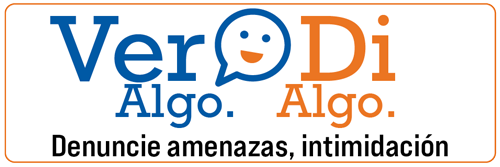Healthier School Lunches
School lunches across the nation are healthier this year, thanks in part to new requirements from the US Department of Agriculture (USDA). The new meal standards, which include healthier and more nutritious food, became law this summer to promote better nutrition and reduce obesity.
The new standards ensure students are offered both fruits and vegetables every day; substantially increase offerings of whole grain-rich foods; include only fat-free or low-fat milk varieties; limit calories based on the age of children to ensure proper portion size; and reduce the amounts of saturated fat, trans fats and sodium.
Every child must have either a fruit or a vegetable on their tray. If a student goes through the line without one, the cashier will place a serving of a fruit (applesauce or dried fruit) on his/her tray. Also, water must be available to all students. If there is not a water fountain in the cafeteria, a dispenser of water and cups will be available. Certain menu items have been eliminated from menus due to the new regulations.
Breakfast requirements will begin the transition next year. The transformation will be implemented over five years with stricter requirements on saturated fat and sodium and an increase in whole grains, fruits and vegetables.
In addition to the new USDA regulations, 31 GCS elementary schools have implemented Culinary Creations, a program aimed at providing students with fresh, local foods prepared from scratch by cafeteria staff. This summer, about 160 food service staff members received training in how to prepare healthier foods.
Research shows that children who have healthy diets and get regular physical activity are more likely to perform better academically. These healthy habits may also play a role in helping children improve concentration, attendance, classroom behavior, and self-esteem, and lower obesity rates.
Click the following links for Elementary, Middle and High School guidelines.


